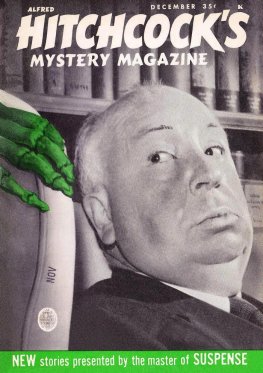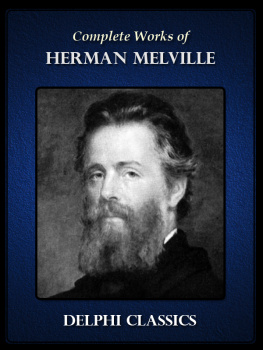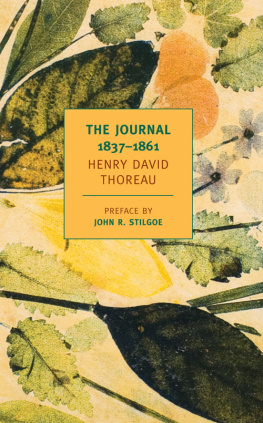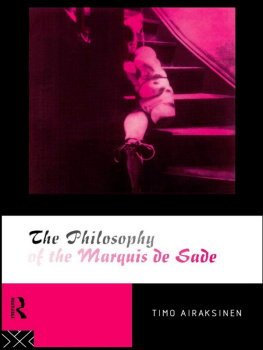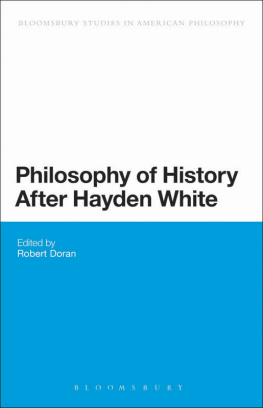The List
The List
The Uses and Pleasures of Cataloguing
ROBERT E. BELKNAP

Copyright 2004 by Robert E. Belknap.
All rights reserved.
This book may not be reproduced, in whole or in part, including illustrations, in any form (beyond that copying permitted by Sections 107 and 108 of the U.S. Copyright Law and except by reviewers for the public press), without written permission from the publishers.
Designed by James J. Johnson and set in Minion Roman types by The Composing Room of Michigan, Inc.
Printed in the United States of America.
Library of Congress Cataloging-in-Publication Data
Belknap, Robert E., 1966
The list : the uses and pleasures of cataloguing / Robert E. Belknap.
p. cm.
Includes bibliographical references and index.
ISBN 0-300-10383-2 (alk. paper)
1. American literature19th centuryHistory and criticism. 2. Lists in literature. 3. Emerson, Ralph Waldo, 1803-1882Technique. 4. Thoreau, Henry David, 1817-1862Technique. 5. Melville, Herman, 1819-1891Technique. 6. Whitman, Walt, 1819-1892Technique. 7. Catalogs in literature. I. Title.
PS217.L57B45 2004
810.92dc22
2004016113
A catalogue record for this book is available from the British Library.
The paper in this book meets the guidelines for permanence and durability of the Committee on Production Guidelines for Book Longevity of the Council on Library Resources.
10 9 8 7 6 5 4 3 2 1
For B.H.B.
A MOTTO FROM EMERSON
He will perceive that there are far more excellent qualities in the student than preciseness and infallibility; that a guess is often more fruitful than an indisputable affirmation, and that a dream may let us deeper into the secret of nature than a hundred concerted experiments.

Contents

Preface

January is a terrible time to be considering lists. Readers have just been inundated by end-of-year retrospectives from newspapers and magazines, and the predictable rankings sprout like so many spreading weeds: Top Stories of the Year, Top People of the Year, Biggest Grossing Films of the Year, Craziest Fads of the Year. Mention lists and these are what spring to mind, in part because they are everywhere. Perhaps we do not recall specific examples, but the general idea of a top-down ordering of things (or sometimes the reverseto heighten suspense, I suppose) comes to predominate at the expense, unfortunately, of all other permutations. These rankings have a certain power: they either succeed in flattering us by inviting our approval and agreement or overmaster us by implicitly remarking, This is the way things are; we know! We can accept the editors decisions, or we can just go make our own lists. The whole process seems to me an exercise in comparative discrimination, a way to prove that the compiler alone possesses the judgment and sensitivity to distinguish what ranks as a 3, for example, from what earns only a 6.
I admit that these appraisals can be informative, even fun, but I dislike the way their evaluative view of things comes to dominate, as though the aim of everythingevery experience, every work of art, every personality, every eventwere to find its place in a single hierarchical plan. I dont know where the impulse to evaluate and rate may have come from (could David Lettermans Top Ten lists have had that much influence on us?); I can only lament the fact that like an invading species these rankings edge out other, more fragile varieties of listing with their popular appeal and opportunistic simplicity. I confess that I have a low estimation of rankings. It may be because of my contrarian natureI want to do my own orderingbut mostly it is because I think that giving predominance to rankings impoverishes the imagination.
I first started paying attention to lists one summer after reading James Agees wonderful document Let Us Now Praise Famous Men. I was drawn particularly to the spare itemizations of possessions Agee recorded for the families he studied. There, in strikingly short lists, Agee had taken account of all the belongings of each family. The idea that everything an entire family owned, socks and all, could be counted out and still sum to so little, virtually nothing, left a deep impression me. I thought of my own possessions and of how embarrassingly long their reckoning would be in comparison with this powerful, graphic representation of poverty. Agees lists were so cold, so objective, so compelling. Their precision and detail, their arrangement, drew me. Of all the extraordinary things in that book, including the sober faces captured by Walker Evanss photographs, it was the lists that fixed me.
That September I worked as a tutor for Daily Themes, Yales oldest creative writing course. In Daily Themes, students are introduced to a variety of aspects of literaturetone, voice, point of viewand then given nightly assignments to practice what they have learned, accumulating a portfolio of writings by the end of the semester. One week the primary theme was lists, and passages from
Dickens and Joyce, Shakespeare and childrens rhymes were passed around the lecture hall. I recall nothing of the lecture; my mind was adrift in speculation, musing on the notion that lists themselves might be something one could study.
My conviction was sealed soon afterward. While studying for my orals, I had been reading and rereading the literature of the American Renaissance. I worked through Emerson, set out with Moby-Dick, and took refuge in Thoreau. With the idea of lists fresh in my mind, I seemed to find them everywhere. My roommate was likewise preparing for his impending orals, and when I tried to engage him on Whitmans chants or Ishmaels digressions, he simply dismissed them, stating, I just skip over all that stuff. I was surprised that he could dispense with them so easily. Did he not savor the catalogue of trees in Thoreaus Concord woods? Was he not invigorated by Emersons relentless gathering of examples? Delighted by Ishmaels garrulous amplifications? Swept away by Whitmans dizzying collections?
No one asked me any list questions on my exam, but I still dwelt on them. There were mysteries about lists that I wanted to investigate, but I didnt know where to begin. In search of a guide, I practiced formulating my ideas. I knew that if there were anyone who might find merit in the undertaking, it would be John Hollander, and to my delight, Professor Hollander readily engaged the topic, suggesting numerous approaches with enthusiasm. He wisely advised me to begin by taking a survey of the list as it had been used throughout literature. Once I had established some history and defined some terms useful for discussing lists, I could begin to engage the questions I had for the four authorsEmerson, Whitman, Melville, and Thoreauwho most interested me.
During this preparatory stage I became aware of a shared delight in lists among many readers; friends and even strangers would stop me and ask whether I had considered the lists in Alice in Wonderland or Gravitys Rainbow, Cole Porters lyrics, or the odd list by Harry Crosby. In lists, I had found something that had a wide appeal, a construct that took many forms and patterns and invited many uses and interpretations. Accumulating samples was easyI had such a big collection that I feared my dissertation would become The Book of Lists and I might be forever known as the List Man. But over time I was able to prune my own listings into a form that eventually became the book you have here.
Next page

